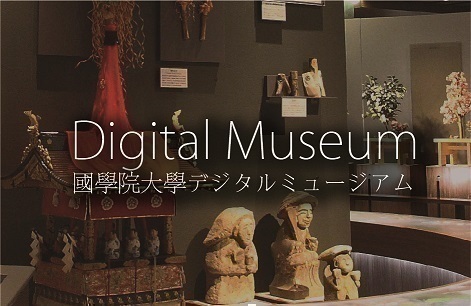- トップ
- Encyclopedia of Shinto
- Magakoto (also Magagoto)
Encyclopedia of Shinto
| Main Menu: | |
| Links: |
詳細表示 (Complete Article)
| カテゴリー1: | 7. Concepts and Doctrines |
|---|---|
| カテゴリー2: | Basic Terms |
| Title | Magakoto (also Magagoto) |
| Text | Maga is the opposite of naho (straight, correct) and thus means bent or evil. It is used to describe misfortunes, wicked deeds, and calamities. Shinto does not assume evil to be absolute but rather conceives it as a distorted or abnormal condition. The mythical explanation of the idea of magagoto begins with Kojiki, in which, on returning from the realm of the dead (Yomi no kuni), Izanagi undergoes ritual bathing and purification on [the plain] of Ahakigahara by the river-mouth in Tachibana in Himuka in Chikushi, there giving birth from his defiled state to the deities Yasomagatsuhi no kami and Ōmagatsuhi no kami. Motoori Norinaga saw these two magatsuhi deities as the source of evil and contrasted them to the naohi deities (Kamunaobi no kami and Ōnaobi no kami) which he saw as the origin of good. Hirata Atsutane on the other hand, maintained that magatsuhi no kami were benevolent deities that point out evil and correct it. The dualism of Norinaga and the monism of Atsutane later developed into the "magatsuhi debate." — Nishioka Kazuhiko |




